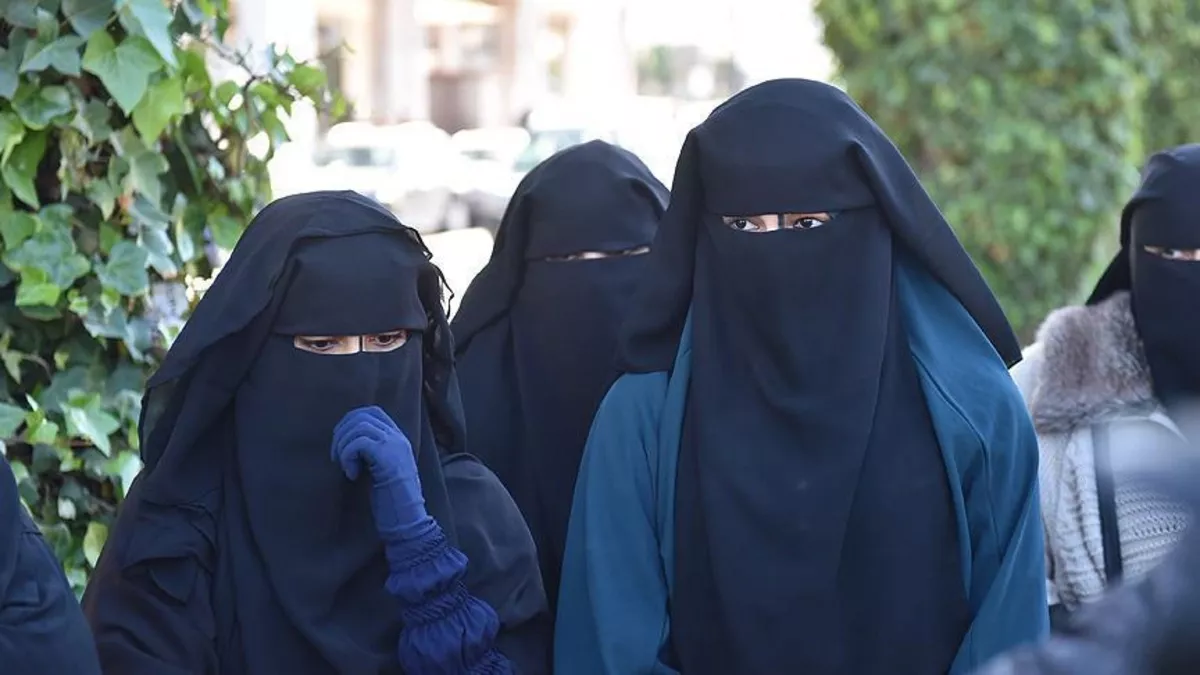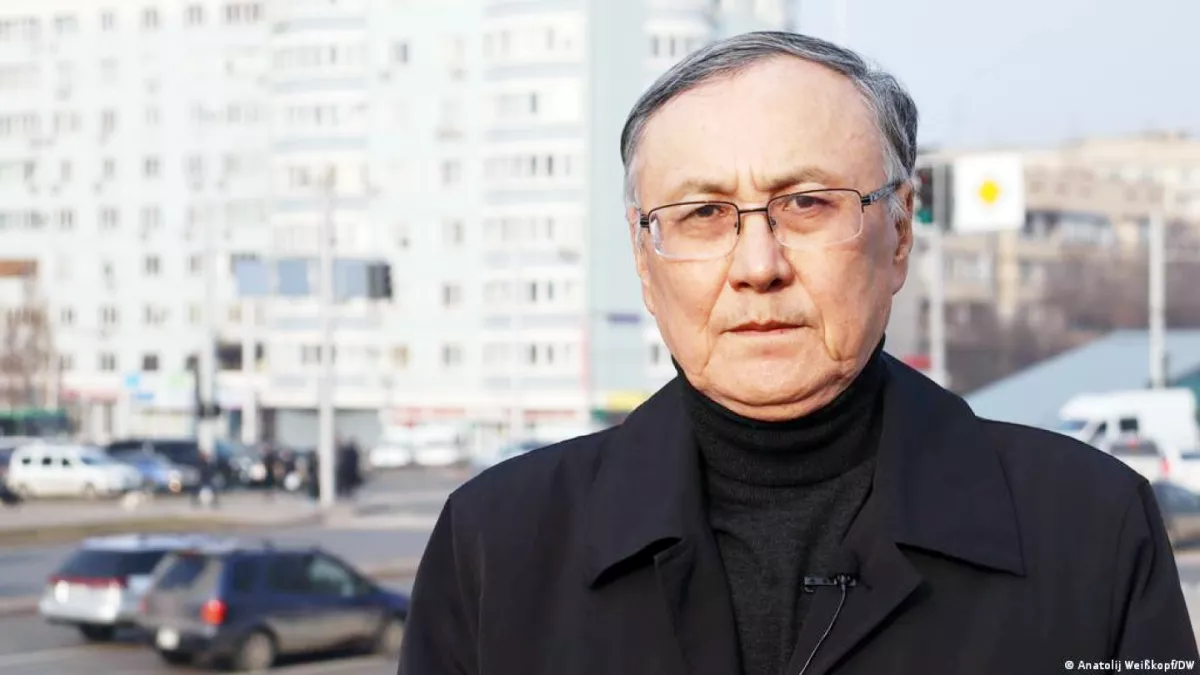Secular Kazakhstan vs religious extremes Experts weigh in on new niqab ban
Kazakh President Kassym-Jomart Tokayev has signed a law regulating the wearing of face-covering garments.
"The wearing of clothing that obstructs facial recognition is prohibited in public places, except in cases where it is required by the laws of the Republic of Kazakhstan, for professional (official or labour) duties, for medical purposes, civil protection, weather conditions, or by individuals directly participating in sports, mass sporting, or cultural events," the law states.
Could this ban spark mass discontent among segments of society and provoke open protests from supporters of strict Islamic movements? And what are the positive implications of this measure for society?
Well-known Kazakh experts shared their views on this matter with Caliber.Az.

Political analyst Gaziz Abishev noted that the adoption of this law continues a broader trend seen across Central Asian countries, where similar bans have already been introduced.
“Kyrgyzstan, if I’m not mistaken, as well as Uzbekistan and Tajikistan, have adopted comparable laws. This is clearly a manifestation of the secular system asserting itself in response to the growing influence of non-traditional religious movements. Overall, countries like ours have a stronger immunity to the spread of such forms of religiosity, as we have an active and assertive secular nationalism — particularly pronounced in Kazakhstan.
Religious radicalism and this assertive nationalism are now, to some extent, clashing — because radical religion typically rejects national culture and seeks to eliminate it. For example, a few years ago we had a scandal when veiled girls claimed that the dombra (a traditional Kazakh instrument) was haram. The implication was that all elements of national culture that contradict religious doctrine should be excluded.
Today, the secular state, assertive nationalists, and the secular liberal segments of society — especially in large cities — have united in their efforts to counter the spread of radical religious ideologies.”
“This does not mean a ban on Friday prayers or on women performing religious rituals,” the political analyst clarified. “We’re talking specifically about the niqab — face-covering clothing — which hinders identification and can pose a threat to public safety. Moreover, it is perceived as a symbol used to promote certain ideological movements.
When someone is experiencing a mental or existential crisis, they may see such imagery as normal and become susceptible to its influence. That’s why all Central Asian countries are collectively resisting the spread of these movements — especially those originating from the Middle East and Afghanistan. These nations aim to preserve their secular way of life.”
Abishev acknowledges that the law may provoke discontent among some citizens who prefer to wear the niqab.

“But the state’s logic is this: if measures are not taken now and we start yielding to the rise of religiosity, it will become increasingly difficult in the future to maintain the secular character of the state. From the authorities’ perspective, this poses a threat to stability and societal development. It should be noted that even in Muslim-majority countries, approaches to the niqab vary. Some, on the contrary, show signs of liberalisation, making it clear that abandoning the niqab is not considered a grave sin.
I believe there will be no mass protests across the country because ultra-religious groups are not the main passionate force. In Kazakhstan, secular nationalist passion is on the rise and capable of effectively restraining the pressure of religious radicalism.
In the Mazhilis (parliament), we have many politicians like Ermurat Bapi and Rinat Zaitov who consistently oppose the spread of radical forms of religion. But this is by no means directed against Islam itself. It is our sacred religion, carrying positive values, including those related to family. The issue lies in interpretation. There is no strict, unified approach here.
The ban on niqabs in public places could pave the way for a more flexible policy on other issues. For example, there is currently an active societal debate about the informal ban on wearing headscarves in schools. I think that by introducing restrictions on face coverings, authorities might reconsider their stance on schoolgirls wearing headscarves — provided this is not about religious propaganda. This is a constructive and timely discussion,” Abishev concluded.

Political analyst Kazbek Beisebayev, in turn, emphasised that the law did not appear by chance.
“In Kazakhstan, there are increasing numbers of women who fully cover their faces. This has become part of everyday urban life, especially in Almaty. Through this, women demonstrate their commitment to Islam, although there is no direct prescription to wear the niqab in the Quran. Nevertheless, the fact remains.
In this respect, Kazakhstan differs from other Central Asian countries. We have had cases where members of parliament and other public figures openly advocated for polygamy. In practice, there are many examples where men, citing Sharia norms, maintain several wives.
It should also be noted that Kazakh society today is divided — between supporters of strict adherence to Islamic canons and those who defend the traditions passed down from ancestors.
The law has only just been signed, and it is still difficult to say how exactly law enforcement will enforce it. Problems may arise, but I believe the majority of citizens will understand this law,” Beisebayev concluded.








